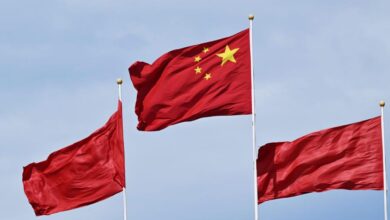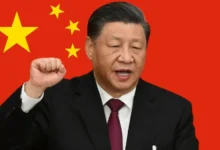Relaciones Dominico-Chinas
“New Infrastructure”: Emerging Trends in Chinese Foreign Direct Investment in Latin America and the Caribbea

Chinese foreign direct investment (FDI) to Latin America and the Caribbean has slowed somewhat in recent years amid global economic headwinds and shifts in economic and industrial policy in Beijing. This report, which draws on several statistical sources, author analysis of individual FDI transactions, and consultations with top industry experts in LAC, highlights the various trends underway in Chinese FDI in the region, at a moment of considerable transition—both for China and within the region.
KEY FINDINGS:
- Data on Chinese FDI to the LAC region show a notable downward trend in project announcements over the past few years. This presents as a tapering in the value of greenfield FDI projects over time, and a more pronounced drop in the value of Chinese mergers and acquisitions (M&A) in the region.
- The recent drop in Chinese FDI in LAC is attributable to numerous factors, but is at least partially related to an ongoing recalibration of investment priorities on the part of China’s government and its companies. Chinese companies are in many cases pursuing more engagement with LAC, but through smaller deals on average—and in frontier sectors that are directly aligned with Beijing’s own economic growth objectives.
- Indeed, our data show a clear shift in Chinese FDI toward specific industries in LAC. Many of these new, priority areas are described by China as “new infrastructure” (新基建), a term which encompasses industries— telecommunications, fintech, and energy transition, for instance—that are broadly innovation-related, but also a critical part of China’s own economic growth strategy. These sectors are among those that some G7 nations have themselves sought to prioritize in LAC and other parts of the Global South.
- Whether in terms of value or number of deals, Chinese FDI in these industries is on the rise, accounting for 58 percent (around $3.7 billion) of total annual Chinese FDI in the region in 2022 and over 60 percent of the total number of FDI deals announced by Chinese companies that year.
- Chinese investors remain focused on traditional sectors of interest, too, including those related to China’s own food and energy security. Some of these still account for a significant portion of overall investment, but investment within these sectors is also shifting in ways that are consistent with China’s growing focus on innovation.
- In general, the sorts of large-scale infrastructure projects that once characterized the Belt and Road Initiative (BRI)—Chinese President Xi Jinping’s signature foreign policy initiative—are no longer as emblematic of Chinese investment in LAC as they once were. In many parts of the region, Chinese interest in canals, rail, and other major transport and energy infrastructure is being replaced by a growing emphasis on innovation, whether in information and communication technology (ICT), renewable energy, or other emerging industries—consistent with Beijing’s laser focus on its own economic upgrading and global competitiveness.
Emerging-Trends-in-Chinese-Foreign-Direct-Investment-in-LAC
Fuente:thedialogue









Deja tu comentario